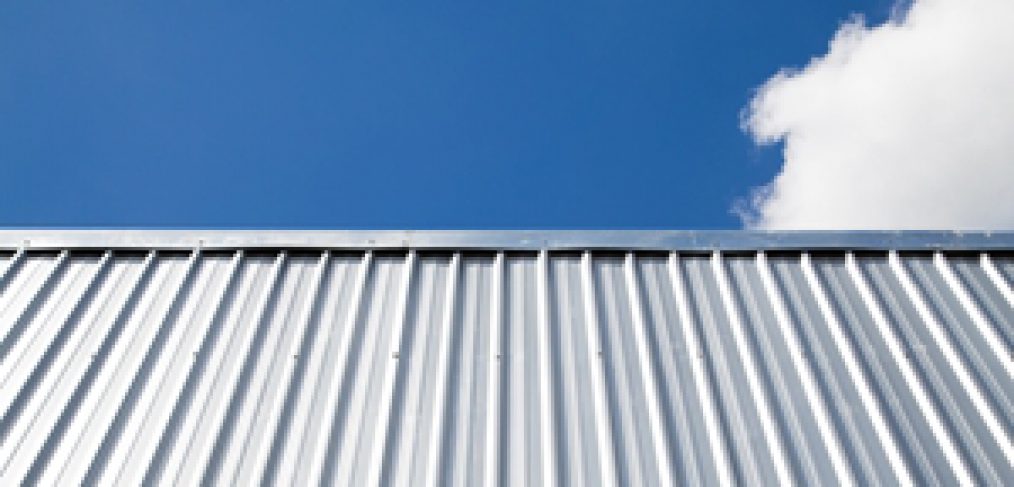
Why you should consider electropolished stainless steel
Stainless steel is one of our favourite metals to work with. It goes into some of our most popular products, including expanded metal, and its combination of strength, pleasing aesthetics and durability make it a great option for a wide range of different projects and applications.
However, if you want to take your product to the next level, you should consider investing in electropolished stainless steel. Let's have a look at how the electropolishing process works, and what it does to metals.

A guide to electropolishing
Electropolishing, also known as reverse plating, works by removing material from the surface of a metal using an electrical current. It's important not to confuse this process with a similar one known as passivation – this technique also removes materials from the surface of metal, but does so using citric or nitric acid, rather than electricity.
To explain how electropolishing works, we'll use a sheet of stainless steel as an example. Here's the process, step by step:
- Preparation – Before the electropolishing procedure begins, the sheet is prepared through degreasing/cleaning using an alkaline or other solvent, and heat oxides.
- Immersion – The sheet is then plunged into a bath of electrolytes. The electrolytes themselves are usually phosphoric acid and sulphuric acid, and it's worth noting that the temperature of this bath is carefully monitored to achieve the desired results. A typical temperature could be anywhere between 40 and 76 degrees Celsius.
- Electrification – An electrical current is then passed through the solution. The sheet metal itself acts as the anode (the positively charged electrical conductor), and the cathode (the negatively charged electrical conductor) is usually made from a material like titanium, which will not dissolve during the process.
- Dissolving – As the current passes through the sheet metal, part of the surface of the metal is dissolved into the electrolyte bath.
The usual treatment time runs between two and 20 minutes, however the current will naturally become focused on rough edges or other projections, which leads to a smooth and even surface.
One of the benefits of electropolishing is that it allows very close control over how much of the metal surface is removed. This is achieved by altering the runtime of the process and the amp-minutes (how much electricity is passed through the sheet).

The advantages of electropolishing stainless steel
1. Corrosion resistance
We highly recommend that any stainless steel products you plan to use for outdoor applications are electropolished to make them more resistant to corrosion. Because electropolishing removes the outer most layer of metal, it also removes embedded contaminants that can break up the surface and become hotspots for corrosion.
2. Aesthetic value
If you're thinking of using stainless steel perforated metal, there's a good chance this is because of its reputation for having a strong visual impact. However, electropolishing can take this a step further. Not only do you remove visible imperfections from the metal, by electropolishing you increase the reflectivity and smoothness of the surface.
Any stainless steel products placed outdoors should be electropolished to increase corrosion resistance.
3. Deburring
A burr is a ridge or edge created by the action of a machine or tool, these can become hindrances when working with the metal at later stages, and so should be removed.
As we mentioned earlier, protrusions become high-density areas for the electrical current in the electropolishing process, and so will be worn away quicker than other areas. This levels the surface and creates a smoother product for you to work with. Due to the fact that electropolishing isn't a mechanical process, removing burrs in this way doesn't risk distorting the product as a whole.
In a similar vein, if creating a uniform size is the priority, then the close control that comes with electropolishing can help to craft your products to your specifications.
4. Ease of cleaning
As well as contributing to the aesthetics, the superior microfinish that results from electropolishing can reduce adhesion to your product. This means you're likely to have less of a build up of scum and dirt, resulting in a surface that is easier to keep clean and hygienic. This is one of the reasons why electropolished stainless steel is often used in medical and food preparation scenarios.
Whatever use you have in mind for your stainless steel product, electropolishing can enhance the qualities of this already versatile and popular material. For more information on the process, or general metal enquiries, reach out to our team today.




